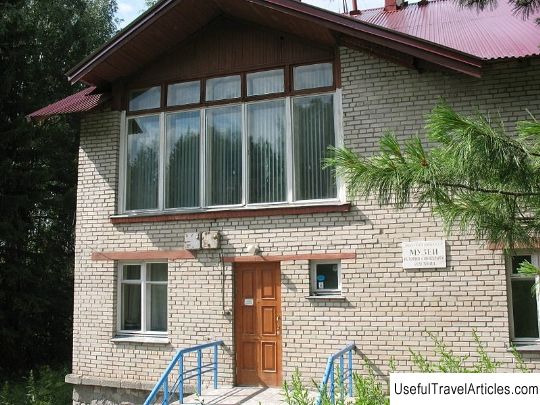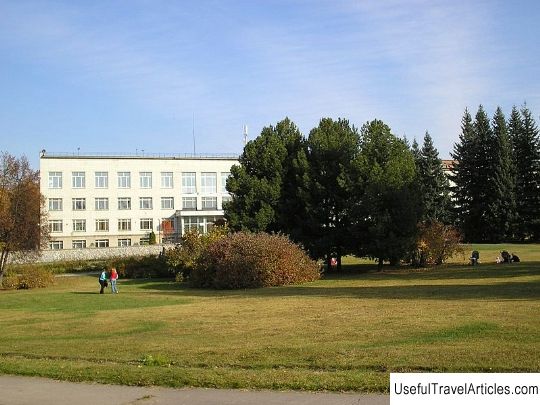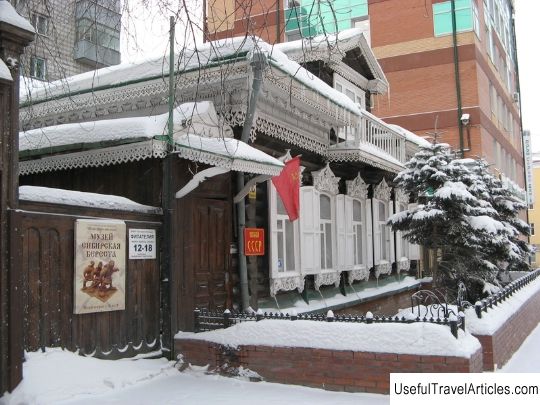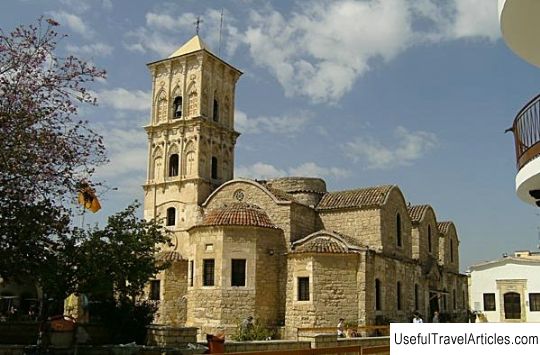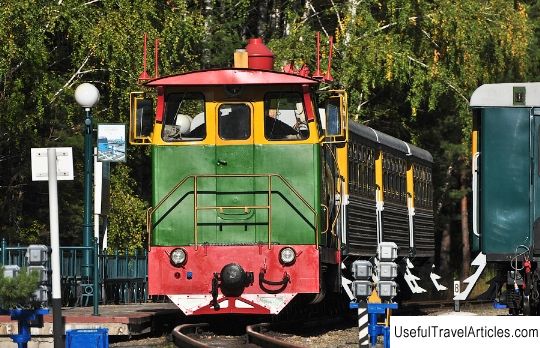Central Siberian Geological Museum description and photos - Russia - Siberia: Novosibirsk
Rating: 7,9/10 (1039 votes) 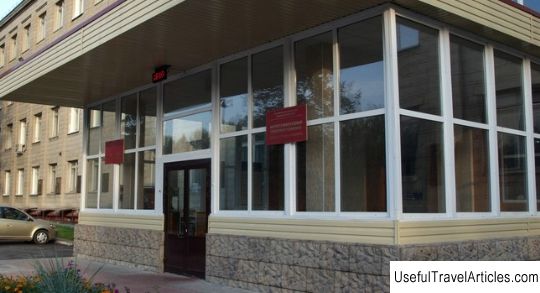
Central Siberian Geological Museum description and photos - Russia - Siberia: Novosibirsk. Detailed information about the attraction. Description, photos and a map showing the nearest significant objects. Photo and descriptionThe Central Siberian Geological Museum in Novosibirsk was founded in July 1958 as a scientific subdivision of the Institute of Geology and Geophysics of the Siberian Branch of the USSR Academy of Sciences. The initiator of the creation of the museum collection in the late 1940s. the Mining and Geological Institute of the West Siberian Branch of the USSR Academy of Sciences spoke. The collection of the museum is directly related to the name of the famous professor, expert on Siberian deposits, G. L. Pospelov. The museum has been operating in Akademgorodok since 1961 The exposition of the Central Siberian Geological Museum presents various ores and minerals of Siberia, fragments of meteorites, fossil fauna and flora, as well as a rich collection of minerals grown in the laboratories of the Institute, including minerals that have no natural analogues. The Geological Museum contains samples of minerals not only from all regions of the country, but also from fifty countries of the world. The collection includes more than one thousand different minerals. In general, the museum has about 20 thousand exhibits. One of the main features of the museum is the world's largest druza danburite, weighing 200 kg and costing about $ 1 million. Druza danburite was brought to Novosibirsk from the Far East in the 1960s. last century. There is another exhibit in the museum that deserves special attention. About 20 years ago, students discovered a huge nugget of copper at the Taymet deposit in Gornaya Shoria. The specimen kept in the Novosibirsk Museum weighs 700 kg. The very last exhibit that entered the institution was the Chelyabinsk meteorite. One of the museum showcases is occupied by an artificial karst cave. In addition to drip formations - stalactites and stalagmites, crystalline formations - aragonite and calcite are also represented in the cave. The collection displayed in the museum hall is systematized according to the classification proposed by the outstanding mineralogist A. Godovikov.         We also recommend reading Riserva Naturale Pizzo Cane, Pizzo Trigna e Grotta Mazzamuto nature reserve description and photos - Italy: Sicily Island Topic: Central Siberian Geological Museum description and photos - Russia - Siberia: Novosibirsk. |
